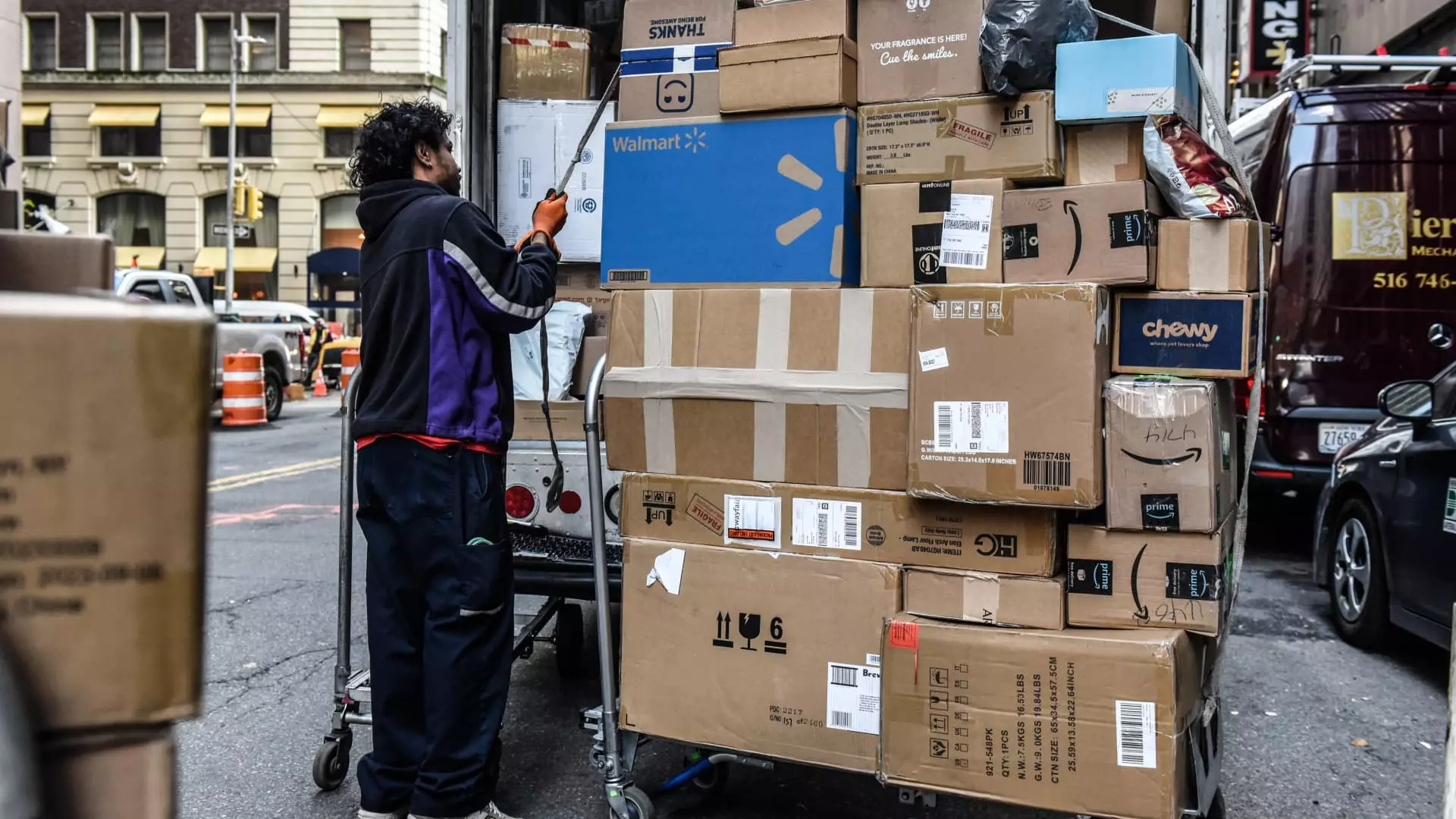The recent executive order signed by President Donald Trump to close the de minimis trade loophole is a classic case of a hasty reaction that may have far-reaching consequences. Effective from May 2, this move aims to impose duties on shipments valued under $800, raising costs for American consumers and businesses alike. The abrupt changes have left U.S. Customs and Border Protection (CBP) scrambling, reflecting a lack of proper planning and foresight. Instead of fostering a balanced trade environment, this decision has the potential to create logistical chaos—a reality that businesses and consumers feel on the ground.
Impact on Consumers and Small Businesses
While the intention behind closing the loophole aims to protect American industries and consumers, the immediate implications are more concerning. The reality is that these changes will result in increased shipping costs for average citizens who often rely on affordable online shopping from e-commerce giants. For households balancing tight budgets, a new tax imposed on items previously exempt from duties can feel like a financial burden rather than a protective measure against unfair competition. Small businesses that depend on lower-cost imports may also find themselves struggling to adjust, shrinking their margins and potentially leading them to pass costs onto consumers.
Tariffs and the Cycle of Economic Strain
The combination of shutting the de minimis provision and applying sweeping new tariffs raises red flags for American economies. As consumers adjust to these new regulations, a chain reaction occurs—higher prices lead to lower consumer spending. This, in turn, can stifle growth for businesses that thrive on volume sales. Instead of simplifying trade and creating a level playing field, these newly imposed tariffs risk fueling a cycle of economic strain, as both large retailers and small businesses feel the chill of reduced demand.
Risks of Counterfeit and Unsafe Goods
Critics of the de minimis provision understandably highlight concerns regarding counterfeit and unsafe goods entering the market with minimal oversight. However, the closure of this loophole fails to provide a thorough solution to these legitimate concerns. Instead, it diverts attention from addressing the root causes of counterfeit goods and ineffective enforcement. In fact, the added layer of tariffs may inadvertently increase the chances of smuggling, as illicit operators look for loopholes in the newly emerged structure.
Implementation Challenges for Customs Officials
With the swift implementation of this executive order, it’s troubling to consider how well U.S. Customs and Border Protection will manage the increased workload without sufficient time or resources to process these new regulations. Over a billion de minimis shipments were processed last year alone, meaning the CBP’s capabilities are likely to be stretched thin. The hasty closure of the loophole could result in significant delays at ports and in delivery times, leaving consumers disgruntled and businesses at a standstill.
A Double-Edged Sword for E-Commerce Giants
While companies like Temu and Shein may adapt to the new regulations, theirs is a story of shifting gears rather than a complete victory. Although they’ve strengthened U.S. operations, the long-term viability of businesses operates in a complex ecosystem. The closure of the de minimis provision and the associated tariffs create uncertainty about future consumer behavior and regulatory landscapes. The hope for healthy competition could be entirely undermined if small players are squeezed out while larger players maneuver around new hurdles. In this convoluted trade environment, it is essential to examine the trade-offs and broader implications beyond surface protectionism.

